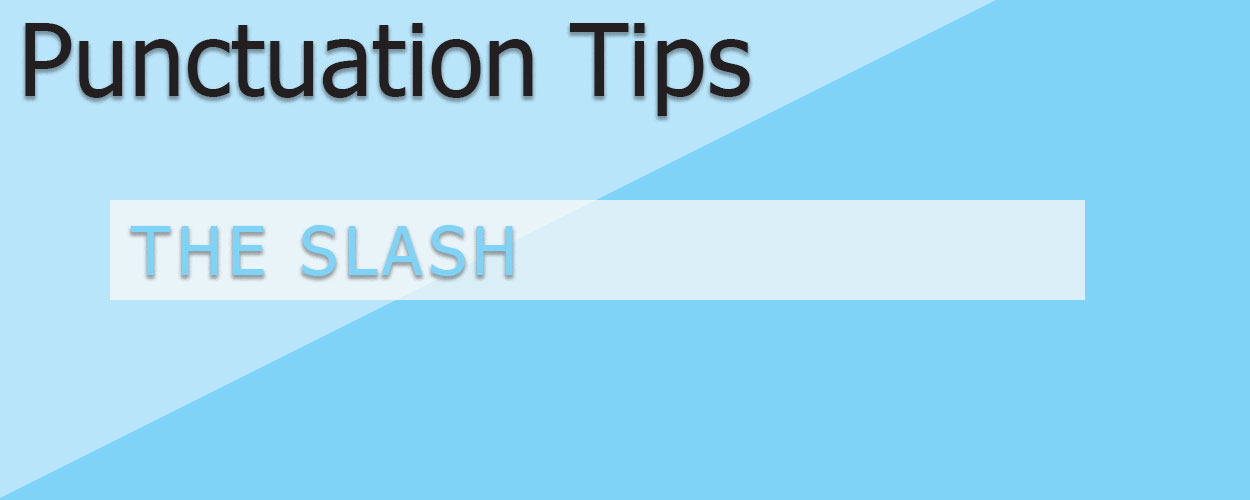

Posted: September 19, 2023
Definition: a punctuation mark (/) once used to mark periods and commas, the slash is now used to represent division and fractions, exclusive ‘or’ and inclusive ‘or,’ and as a date separator.
A slash can also be called a solidus, diagonal, or shilling, and is mostly used in mathematical copy. It can also be sed to indicate options, to mark the end of a line of poetry in text, and to stand in for the word per. It can be further distinguished as a forward slash, as its reverse is called a backslash. Finally, there is a vertical slash, which is primarily used in coding and mathematics.
Use a slash when multiple options are interchangeable.
When including lines of poetry within prose, use a slash to indicate the end of the line.
Use a slash in place of per when writing measurements (of speed, distance, etc.).
Use a slash between two numbers to indicate a fraction.
Use a slash between the numbers of a date.
Aaron, J.E. & Morrison, A. The Little, Brown Compact Handbook, 5th Canadian ed. Pearson, 2013, chap 5
Judd, K. Copyediting, A Practical Guide, 3rd ed. California, CA: Crisp Learning, 2001, chap 4
Tigerpetal Press is a small book press dedicated to publishing local authors and poets.